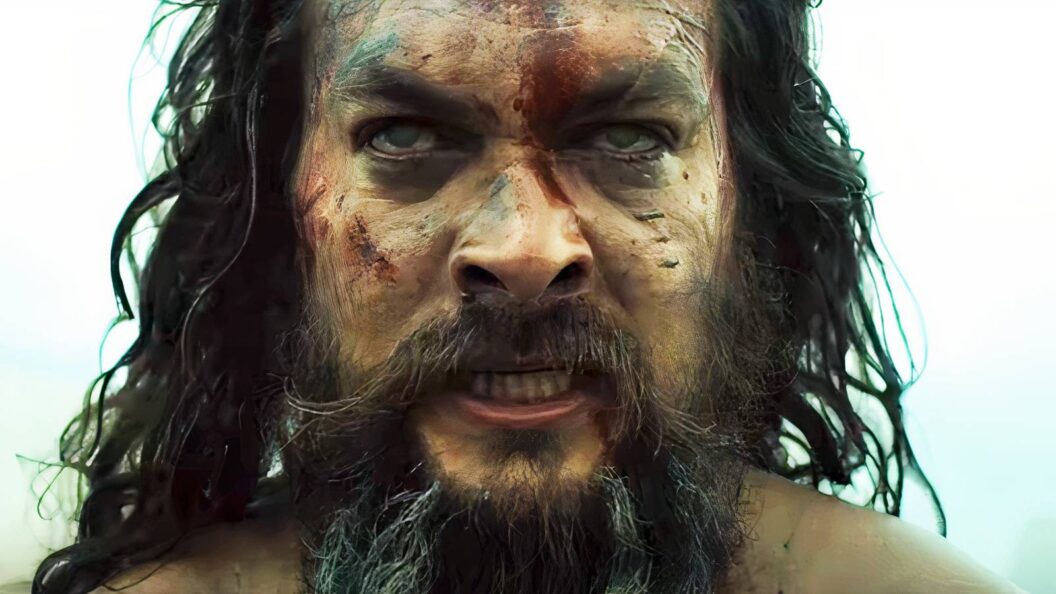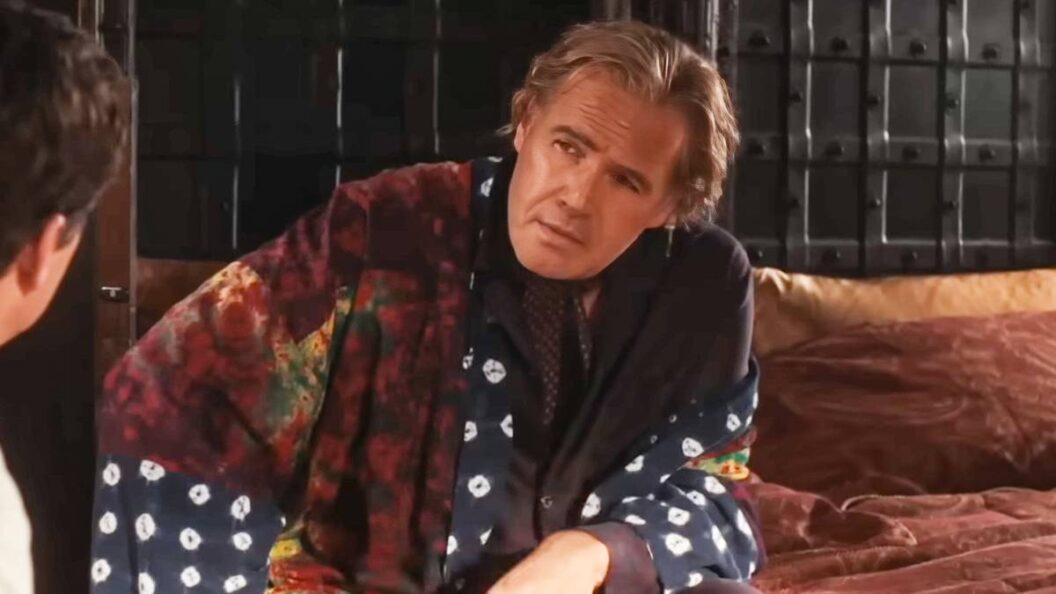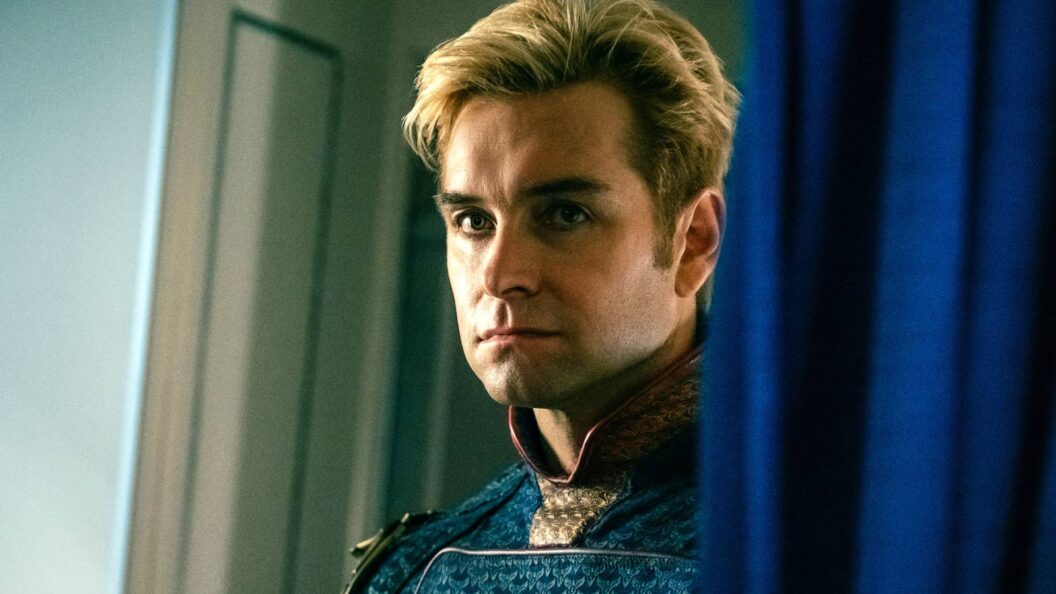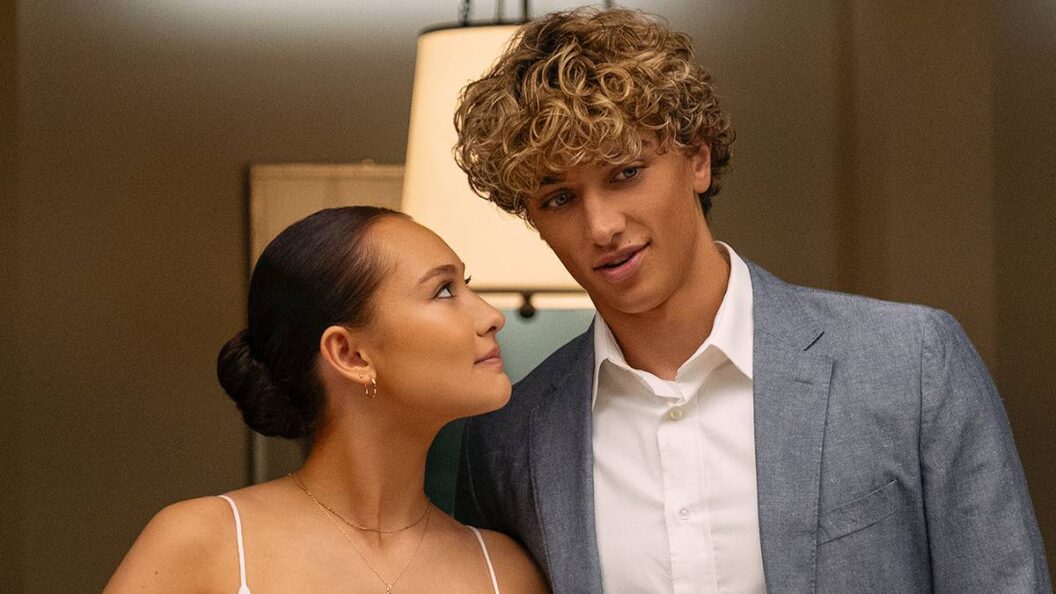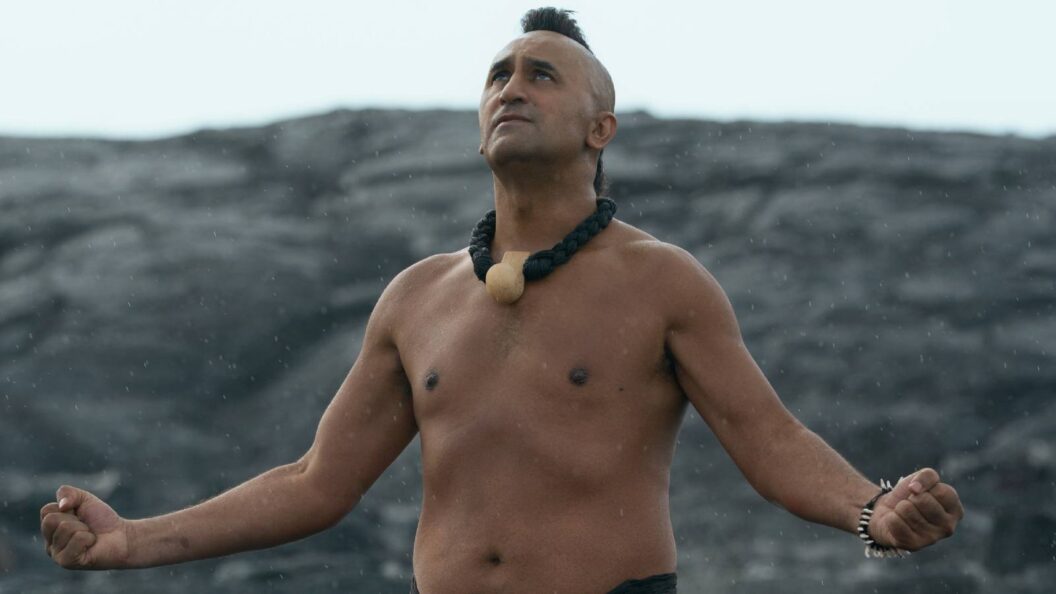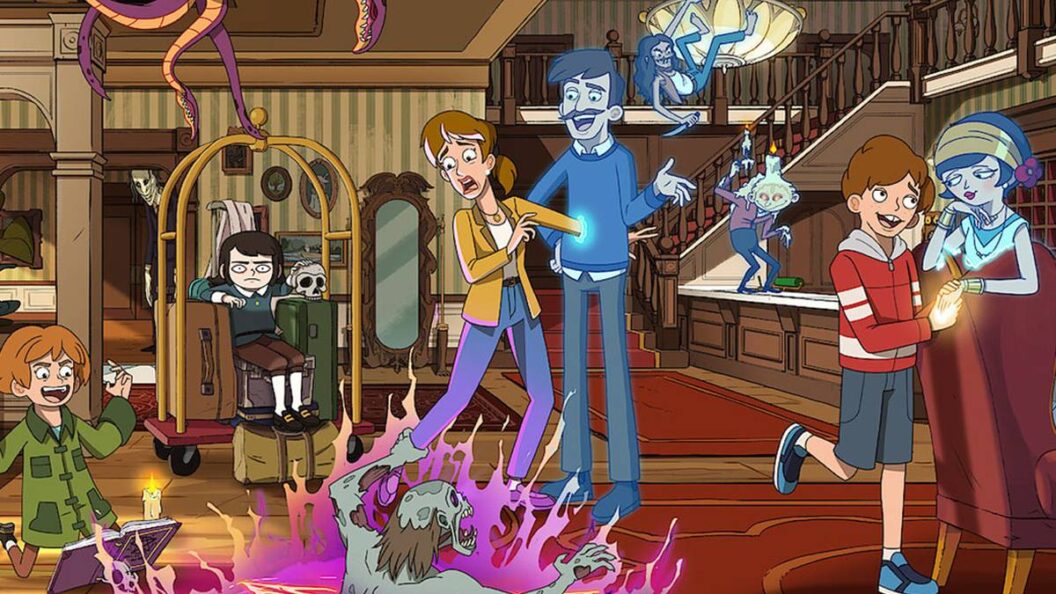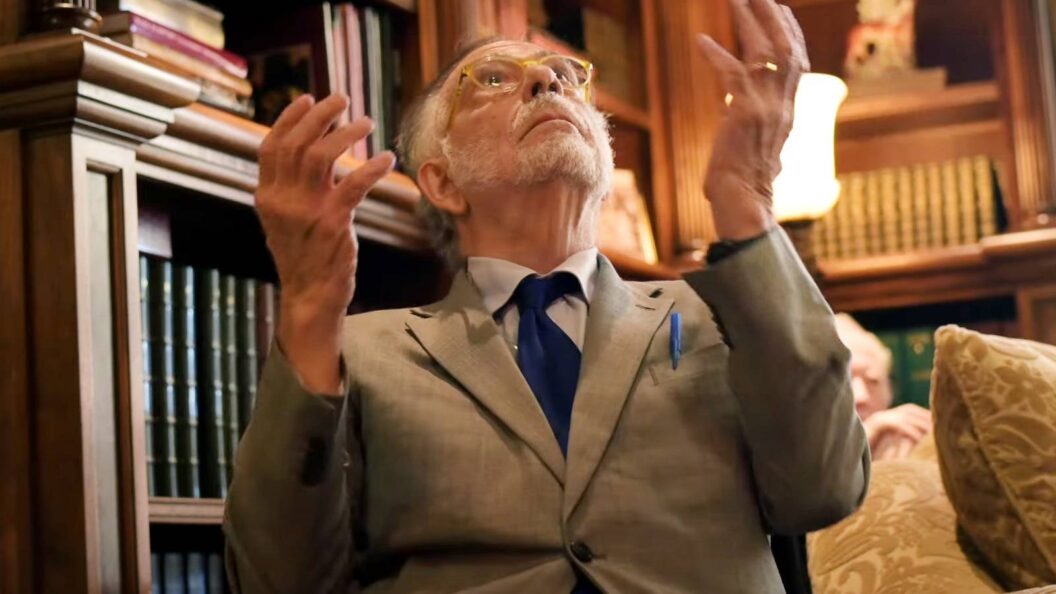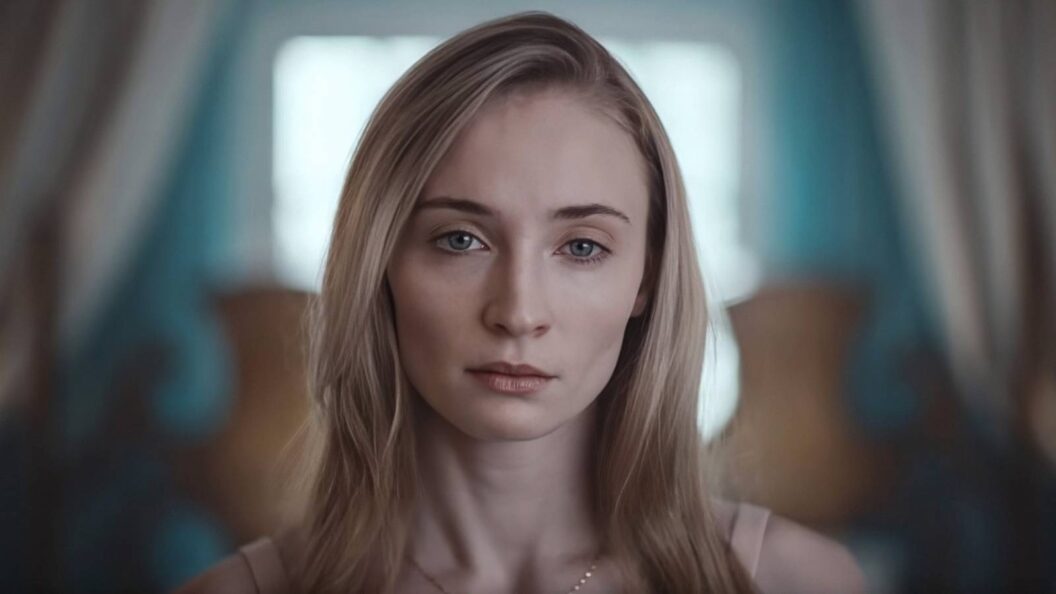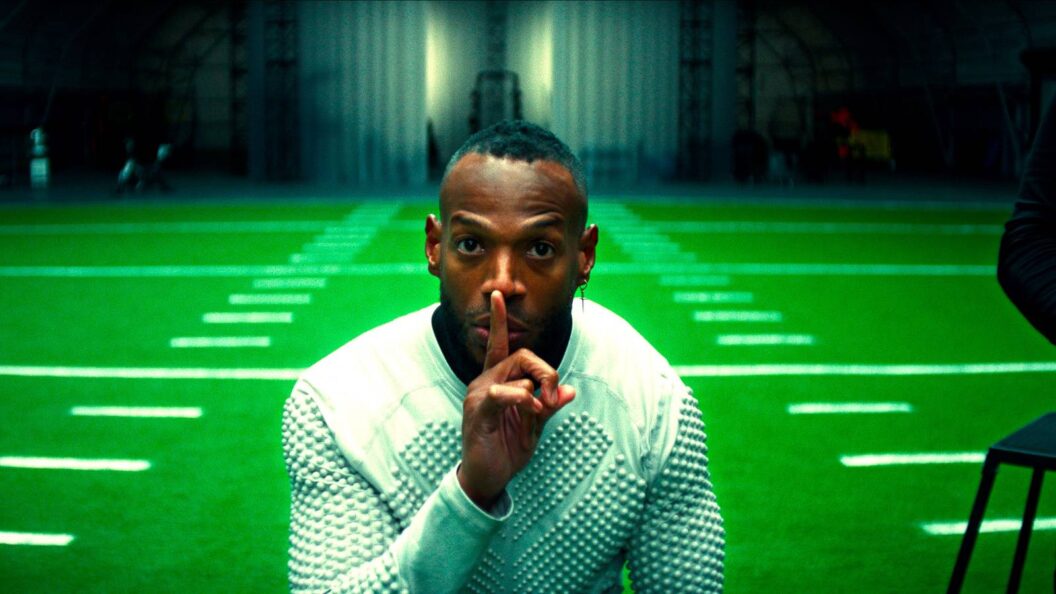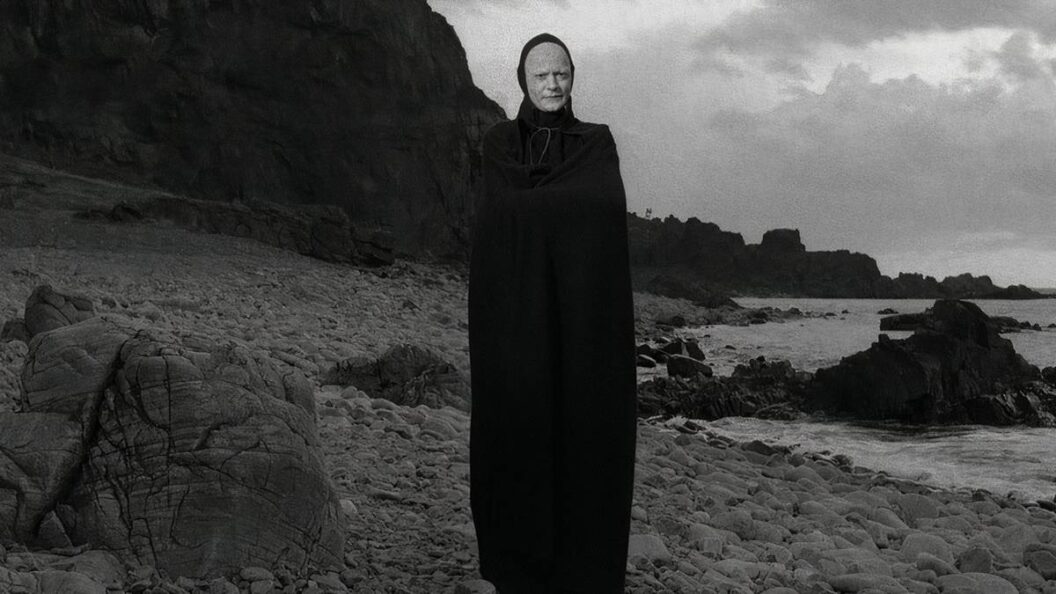Jason Momoa’s Exciting Role in the New Street Fighter Movie
In a significant development for the film adaptation of the iconic Capcom fighting game series, Street Fighter, Jason Momoa has been cast as Blanka—a character beloved by fans since the franchise’s debut in 1991. With the film directed by Kitao Sakurai and written by Dalan Musson, it promises to deliver an engaging narrative centered on estranged street fighters Ryu and Ken Masters, who are enlisted by Chun-Li for the perilous World Warrior Tournament.
Star-Studded Ensemble Cast
The anticipation surrounding the film has grown considerably since the announcement of its impressive ensemble cast. Alongside Momoa, the film features Noah Centineo as Ken Masters, Andrew Koji as Ryu, and Callina Liang as Chun-Li. The cast also includes notable names such as Roman Reigns as Akuma, David Dastmalchian as M. Bison, and 50 Cent as Balrog, among others. This diverse lineup aims to bring high energy and dynamic performances to the highly regarded franchise.
Momoa’s Passion for the Role
During recent promotional activities for his upcoming project, The Chief of War, Momoa expressed his enthusiasm for the Street Fighter role. He mentioned his deep connection to the game, stating, "There’s no one better to play Blanka, so that’s why I’m doing it. We’ll do what the audience would like to see—practical, CG—we’re gonna do our best." His pointed admiration for the cast and commitment to delivering a faithful adaptation reveals that creators are putting significant effort into honoring the game’s legacy while creating fresh content for both longtime fans and newcomers alike.
Blanka: Iconic Character History
Blanka is recognized for his unique abilities, most notably electrocuting opponents while curled into a ball. Given Momoa’s background, notably his role as Aquaman, he brings a level of physicality and experience with CGI-heavy characters that many believe make him an excellent fit for the monstrous fighter.
Development and Direction of the Film
Sony and Legendary made moves to revitalize the Street Fighter franchise back in April 2023, initially recruiting directors Danny and Michael Philippou. However, after they stepped away from the project, production charts shifted when Kitao Sakurai took over in February 2025, leading to renewed enthusiasm and forward momentum.
The adaptation will feature 17 iconic Street Fighter characters, aiming to capture the chaotic, tournament-style essence that fans cherish. Such a comprehensive ensemble suggests a more robust narrative that does not solely concentrate on a few characters. If executed well, this film could solidify its position as one of the best video game adaptations to date.
The Significance of This Adaptation
Adapting video games for the big screen has historically been fraught with challenges, often resulting in films that fail to resonate with the source material’s audience. However, the approach being taken here—showcasing a broad cast while paying homage to the franchise—could pave the way for a successful interpretation. With Momoa’s palpable excitement, fans’ hopes are rising that this adaptation will fulfill the long-standing desire for a quality Street Fighter movie.
Street Fighter is set to grace theaters on October 16, 2026, and as buzz builds, both industry insiders and audiences are eager to see if it lives up to its ambitious aspirations.



